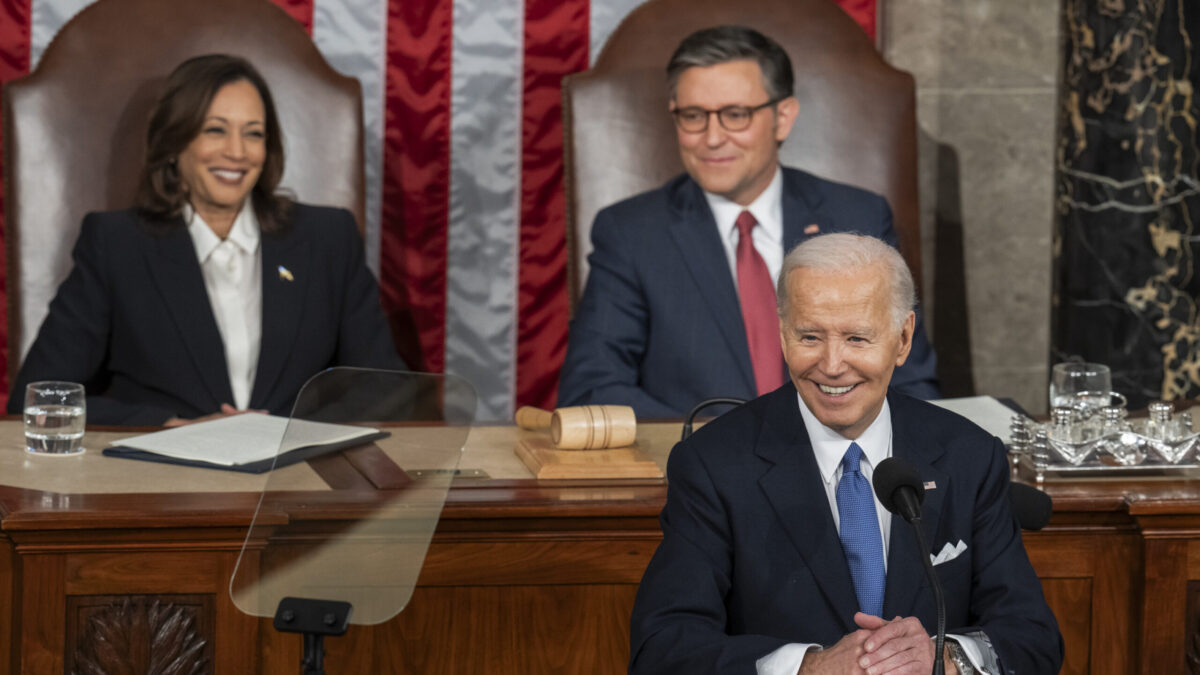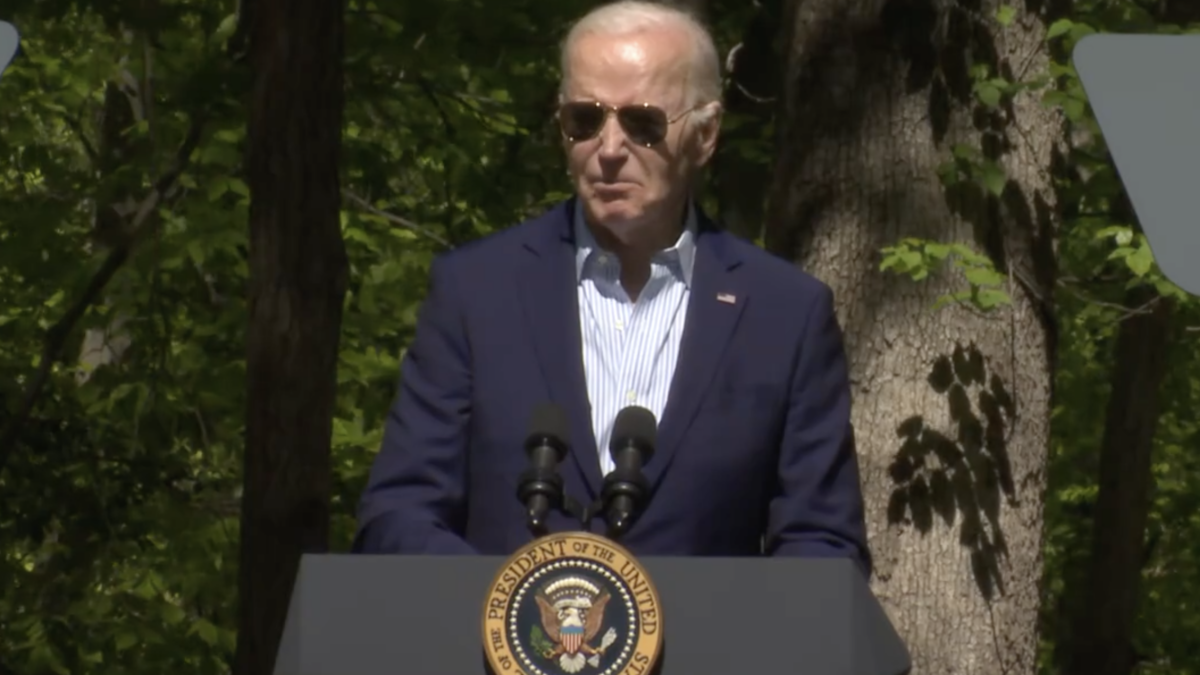
Advertisements. Twitter. Billboards. Family gatherings. Instagram stories. The news. These seemingly unconnected platforms and environments all suffer from the same illness: the oversaturation of politics.
Politics has a necessary, proper role in our society. The daily decisions and workings of the government affect how we live and the way our country progresses. The presence and discussion of this topic on social media, however, have led to the average college student’s overconsumption of politics — with physical and emotional consequences.
As students are bombarded by political news in nearly every aspect of their lives, they are more likely to experience stress. A study by the American Psychological Association found that Gen Z’s experience up to 20 percent more stress than the average adult regarding political news, meaning this consumption is that much more detrimental to their health.
But in order to be stressed by the news, students must consume this content. So where are they seeing politically charged messages?
How Politics Invaded Social Media
Social media has transformed into a hive of political news. Additionally, as noted by Ethan Stoneman, assistant professor of rhetoric and public address at Hillsdale College, the addictive nature of social media transforms it into a hotspot for political debate and discussion.
In “The Social Dilemma,” a documentary about the problems with social media, Edward Tufte, a statistician and professor at Yale University, compared the addictiveness of social media to that of drugs. “There are only two industries that call their customers ‘users’: illegal drugs and software,” Tufte observes.
Understanding the dependence that is created between users and social media, news outlets quickly transitioned to these platforms to easily spread their content.
Political Addiction on Social Media
“Social media, particularly politics on these sites, use advertising techniques that have been around since the 1930s,” says Stoneman. “If you keep people irritated, you will keep their attention and create a rage machine. This interactive interface allows you to respond and debate other people within the same platform.”
Stoneman details the work of Byung-Chul Hon, a Korean-German media theorist, to explain the cultural expectation of political consumption and advocacy on social media networks. “Man desires to have a shared, common identity with those around them, which used to be fulfilled through group gatherings,” notes Stoneman. “But technology allows people to abandon that in-person desire. People now interact on technology as swarms of insects. They focus all of this intense, emotional connection online towards certain people and pieces of news.”
In 2019, the Pew Research Center found 54 percent of Americans received their news “sometimes” or “often” from social media. Stoneman explains that social media helped create the 24/7 news cycle in 2014 by becoming the main source for news consumption and distribution. As Americans became addicted to social media, they depended on it to provide instant news and political coverage.
Yet not only is the political content on social media created to addict individuals, but it also created a society that values this incessant participation and activism online.
This particular addiction was most fervently displayed in the summer of 2020 during the height of the Black Lives Matter movement and other social justice campaigns. People flocked to various social media platforms to see videos and headlines about what was happening to George Floyd, Breonna Taylor, and the riots across major American cities.
In turn, Twitter, Facebook, Instagram, and Snapchat became podiums for everyone to post, comment, and view information about these events all day, every day. There was always a new angle, a new argument, or a new graphic to glue people to their phones and re-establish this reliance on social media for political news.
Indeed, the heart issue with social media lies in the overconsumption of political information and news. With the average American spending two hours a day on social media, they are devoting a significant portion of their time intaking political opinions on social media alone.
This reality is especially dangerous to college-aged adolescents. Social media is a black hole for teenagers because of the insecurity, comparison, and depression it instigates. Adding political content and politically motivated news to this vulnerable space makes the addictive tendencies that much more poignant to young consumers.
Effects of Political Overconsumption
Social scientist Arthur C. Brooks notes numerous studies have found a link between the amount of political news consumed and lower levels of happiness. “For example, Dutch researchers in 2017 conducted a study on how hard news that tends to provide a political perspective affects well-being,” Brooks said. “They found that on average, well-being falls 6.1 percent for every additional television hard news program watched a week.”
These researchers credited the falling of well-being to the dominance of negative stories and the lack of control that viewers experience after consuming these political messages.
In addition to experiencing negative emotions, the Pew Research Center found 55 percent of social media users are tired of seeing political posts. So the data show political news is being consumed in such high volumes that adults are becoming tired and annoyed at its very presence. And who would be most perceptible to the negative impact and annoyance of viewing these messages? College students.
In 2018, Harvard Medical School conducted a survey to analyze college students’ mental well-being across the United States. One in four students reported being diagnosed with or treated for a mental health disorder in the past year. If 25 percent of college students report having a mental health disorder, piling on negative, intentionally irritating, and addictive political news through social media, the classroom, and the television only makes it worse.
Not only does political news take a toll on people emotionally, but Sumathi Reddy — a weekly Wall Street Journal columnist — wrote an article detailing how the overconsumption of politics takes a physical toll as well.
Out of the 800 interviewed, 11.5 percent said politics adversely affected their physical health. The respondents experienced side effects such as flare-ups of chronic illnesses, migraines, and teeth grinding. So, if this many adults suffered physical ailments from the stress of politics, then how much more dangerous is this consumption to college students, who already have so much on their plate?
What to Do About it
While interviewing psychologists about the effects of political news, Reddy found that physically participating in political campaigns or movements helps to alleviate the stress and consequences of overconsumption. Getting off of the couch and physically interacting in local elections or with nonprofit groups helps to dispel most of the negative side effects of political overconsumption in our social media and news.
Setting a prudent limit on the amount of politics one consumes over social media can help to quell these side effects or prevent them altogether. Also crucial is learning to follow people or groups who attempt to inform the public instead of aggravating them, unite people instead of dividing them, and prevent you from spiraling into the daily, digital swarm.
As a community, we should understand this problem and work to protect one another from slipping into a mindless state of consumption — to come together to find a balance between remaining informed and transforming into a politically charged zombie.








